Read this blog post in: Português
In the time of my grandparents, the transport of people from Diu to Goa or Daman, and vice versa, was done by sailing vessels (patmarins). The railway then began to be used through the neighbouring territory of English India, from Veraval to Bombay and from this city to Goa.
Later, Bombay Navigation Company Limited established a maritime transport vessel with cargo vapours on the Bombay-Jafrabad line for the going and returning journeys, the latter more comfortable and faster, although more expensive, while the sailing vessels continued to transport only goods and other cargo.

Patmarin
But from Ghoghla to Jafrabad, people travelled in oxen or horse carts, on lousy paths opened between huge undergrowths which were always infested with robbers and bandits, so this route was usually done during the day, since at night the danger was even greater.

Passenger ox cart
Later, Bombay Navigation Company Limited’s regular and weekly steam routes were introduced between Bombay and Bhavnagar, and vice versa, stopping at the intermediate ports of Diu, Navabandar and Mawha.
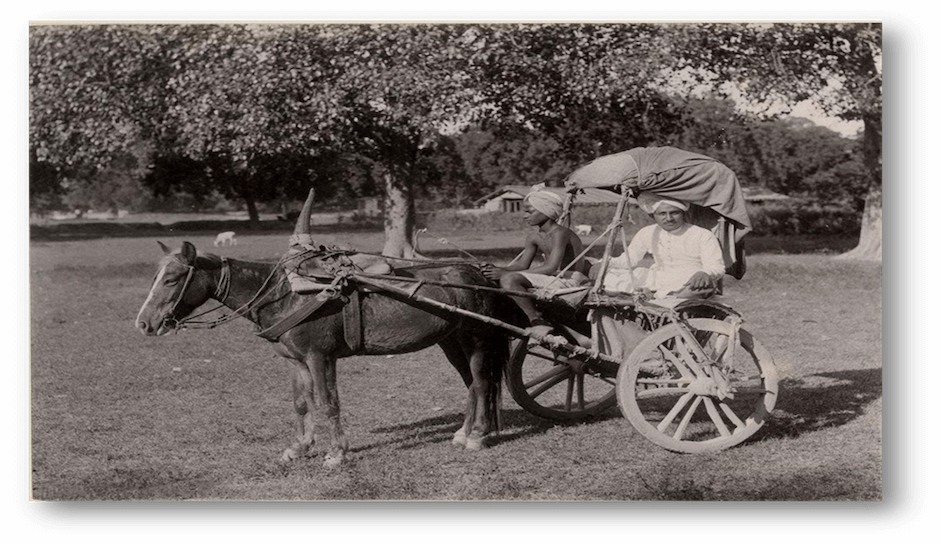
Passenger horse cart
The railway also extended to Delvada (a village 2 km from Ghoghla). The roads were reasonable and the journey was made safely in either horse-drawn carriages or coaches, depending on the possessions of the travellers.
The sea crossings between Diu and Ghoghla were made in small boats, the so-called macchuos.
There was also a bus that made trips from Diu to Vanakbara.

People on a boat travelling from Diu to Ghoghla.
Initially, the ships were small and powered by coal, such as JUBA and CAVERY or CAUVERY, which were later replaced by BHADRAVATI and DAYAVATI, steam ships of greater tonnage, and then by SONAVATI, powered by oil. These, leaving Bombay on Saturdays at 10 am, anchored in Diu at around midnight.
On Wednesday afternoons, they left the port of Diu to return, arriving at the original port at 5 in the morning.
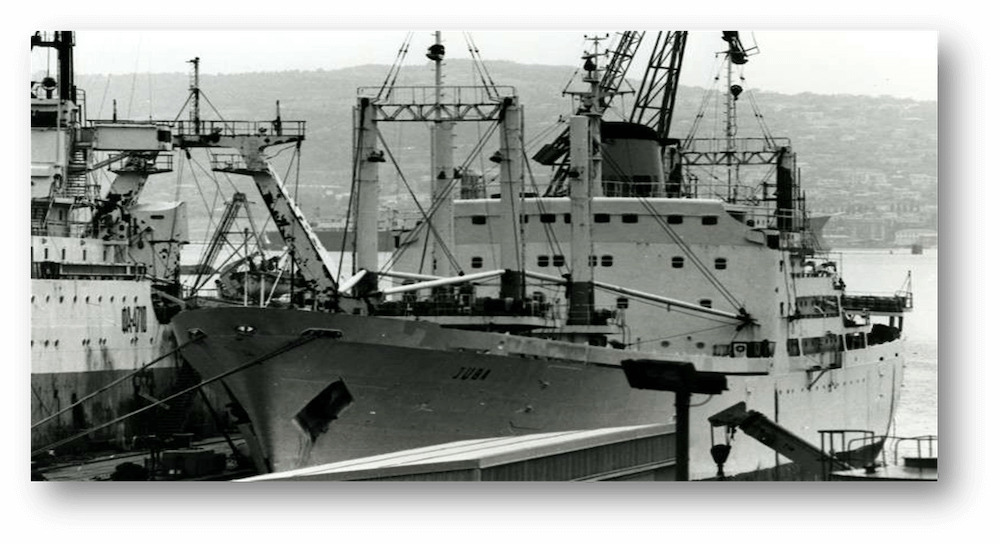
Ship JUBA

Ship Cauvery

Ship Sonavati, powered by oil
In general, everything depended on the neighbouring territory, from where foodstuffs, fabrics, furs and shoes came. These included bags and firewood, meat and potatoes, fruit and a variety of vegetables, cattle and horses, goats and sheep, butter and milk, oil and medicines, wood and cotton, and so on.
The telegraph wires also initially came from the neighbouring territory to Ghoghla, many years later being diverted to Tad and taken to Diu, via Passo-Seco. Similarly, a horseman would bring mail bags each morning and take them back in the afternoon.
In July of 1954, the small enclaves of Dadra and Nagar Haveli were freed from Portuguese rule and became a part of the Indian Union. India closed its land and sea borders with an interdiction of travel in its air space. Throughout the area bordering the north of Diu, along the Chassi channel, from Mandovi to Kotra, circular campaign tents with military personnel could be seen.
The territory of Diu became completely blocked. The postal service was suspended, and telegrams were sent by Malala Radio Station. The only path available was the sea. The Navigation Company (C.N.N.), in a praiseworthy gesture of great solidarity, sent the ship LUABO, which came to establish a direct connection with Goa, Daman and Diu, transporting passengers, goods and mail. It was then replaced by LÚRIO, extending its route to Ceylon and Karachi. However, from time to time, there appeared warships on sovereign voyages, with the 2nd class aviso “Pedro Nunes” being the first to anchor in the placid and blue waters of Diu.

Merchant ship 'Luabo'

Merchant ship 'LURIO'
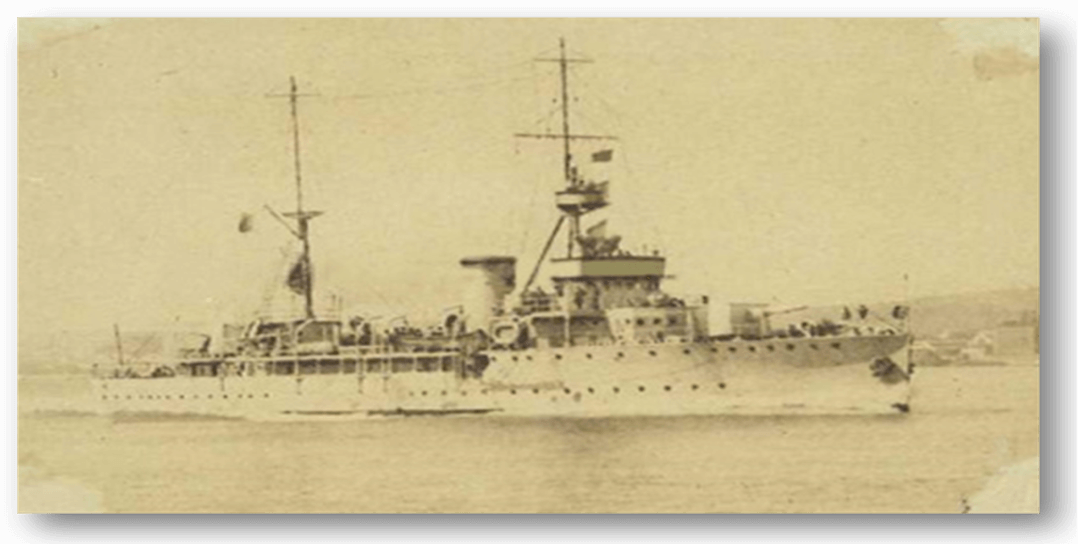
2nd class aviso warship, 'Pedro Nunes'
The territory of Diu did not have an airport, but only a small aerodrome, located in Passo-Seco, close to the fort of the same name (very close to the border of TAD) and 6 km away. from Diu, where the Marão plane landed, in its 1st raid Lisbon-Goa, in November 1930, manned by then captain Moreira Cardoso and lieutenant Sarmento Pimentel; Dili, next, piloted by Lieutenant Humberto Cruz and 1st Sergeant Lobato; and, finally on March 4, 1934, a light aircraft commanded by the civil aviator CARLOS BLECK, the first Portuguese to plan the air travel between the Metropolis and the State of Portuguese India but which, due to several setbacks that arose, only late managed to effect it.
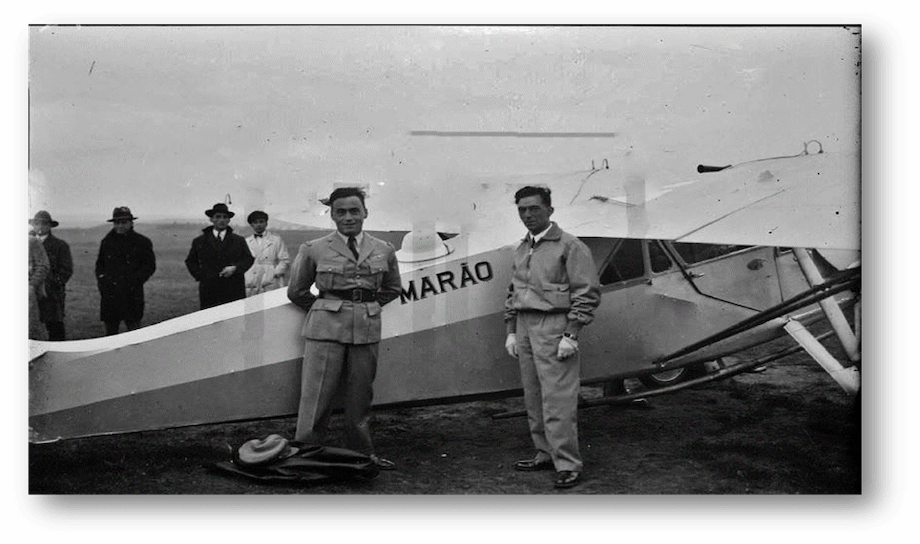
Captain Moreira Cardoso and Lieutenant Sarmento Pimentel posing for a photograph next to the plane Marão
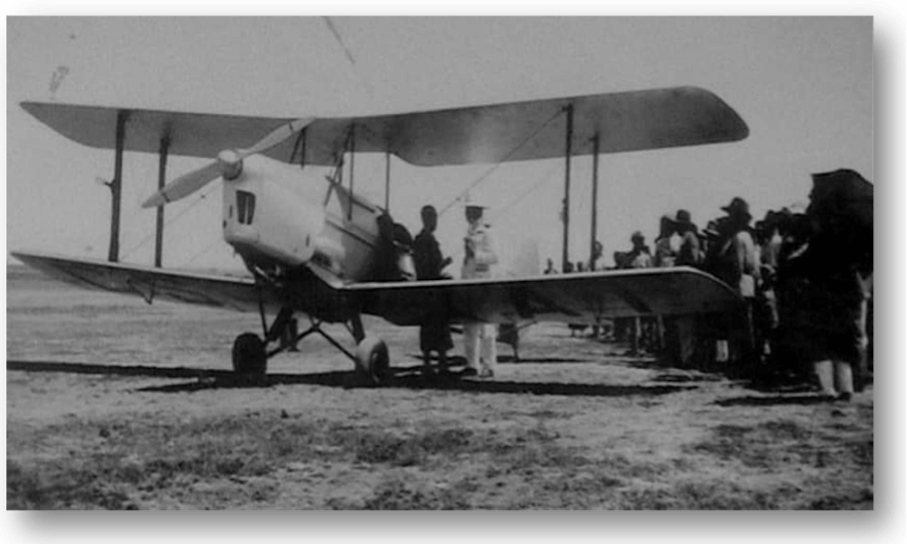
March 4, 1934. Carlos Bleck's CS-AAI has just landed in Diu and the valiant pilot is received in the airfield by Governor Feyo Folque (in white uniform), a veteran who had 25 years of service at the time in the ultramarine territory. Already very close to the final destination, Goa, Carlos Bleck accepts Feyo Folque’s invitation to stay at the Governor’s Palace, but before that he will stop at a church in Diu to give thanks for the success of the adventure.

The governor of Diu, João Feyo Folque, bidding farewell to the pilot, Carlos Bleck.
In consideration of the aforementioned difficulties, a new airport was built in Nagoa, a village 5 km away in SW direction of Diu. It opened to navigation in 1957/1958, with weekly landings of the aeroplanes of Transportes Aéreos da Índia Portuguesa (TAIP), directed by the major of FAP, Solano de Almeida.
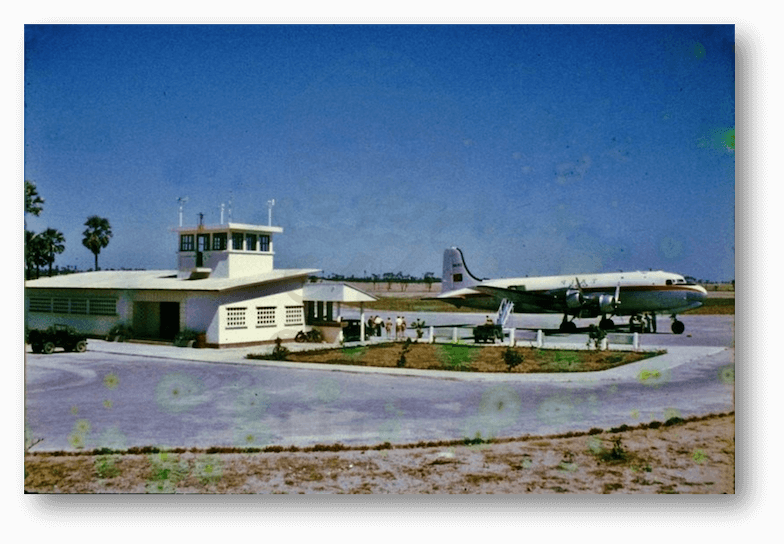
Diu Airport.
Gradually, TAIP improved their fleet of aeroplanes after starting their service with two HERON quad engines. They later acquired two VIKING twin engines and, finally, two SKYLINERS, thus maintaining not only their regular connection between Goa, Daman, Diu and Pakistan, but also that between the state capital and the empire.

